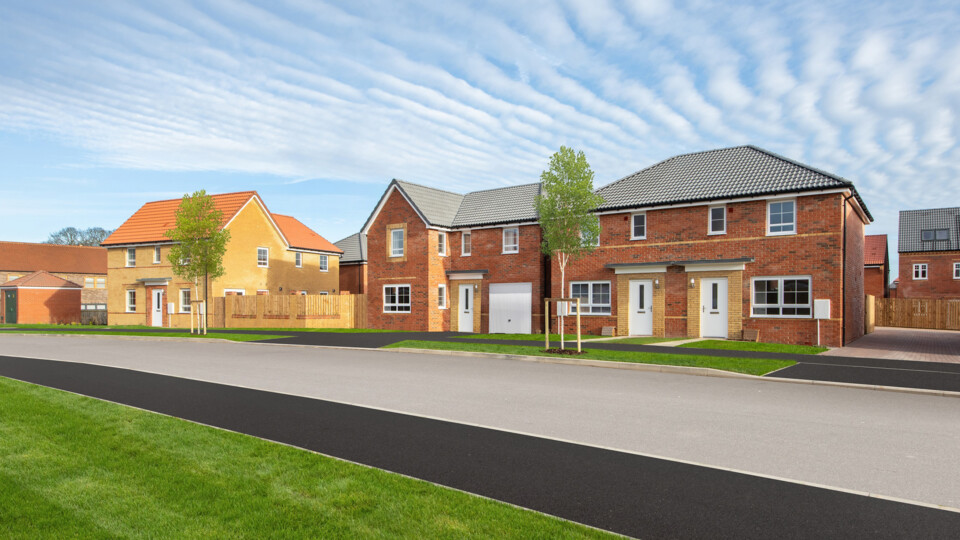A fine line: top tips for a suitable work-life balance at home
North Yorkshire housebuilder Barratt and David Wilson Homes has compiled a series of top tips to achieve a good work-life balance.
In recognition of Mental Health Awareness Week (13th to 19th May), the leading homebuilders are stressing the importance of making sure work and home life are kept separate.
This year’s theme is “Movement: Moving more for our mental health”, which encourages people to find moments for movement in their daily routines. Examples include going for a walk in the neighbourhood, putting on your favourite music and dancing around the living room, or chair exercises when watching television.
With a recent YouGov survey revealing 43% of people would like to work from home some of the time, Barratt and David Wilson Homes have offered guidance for homeowners at its developments across North Yorkshire to improve their work-life balance at home.

Sam Wood, Sales Director at Barratt and David Wilson Homes, said: “Mental Health Awareness Week is an important reminder for everyone to make sure they’re balancing work and their home life equally. It’s also important to get moving whilst spending more time at home, and switching off when necessary.
“Finding this balance and shutting off from work is tough, especially for those working from home. Many of our properties have a dedicated study to help with this, or the potential to adapt a spare room into a working environment.
“Modern living and working from home can be easy and manageable, and we hope homeowners find our guidance beneficial for improving their work-life balance.”
The top tips include:
Make Use of Your Spare Room
The human brain is extremely responsive to patterns. In the same way that spending all day in a bedroom can affect sleep quality, working all day in a living room can ruin your relaxation time. Try to limit your work to one particular room, leaving other rooms for movement and leisure. Many of Barratt and David Wilson Homes’ properties have dedicated studies or work spaces.
However, if you do not have a study at home, you could convert a lesser-used room in the house such as a dining room or a spare bedroom into a make-shift office to distinguish between work and leisure. This can be an excellent way to shut off and create distance between your work and your social life.
Schedule in Your Downtime
Recognise your own productivity throughout the week and reward it. By picking some short relaxation activities and some longer ones, you can scatter them throughout your week. A short relaxation activity might include making a cup of tea and leaving your work space to drink it, while a long one might be baking some cookies, exercising or listening to a podcast. These can be scheduled into your evenings or lunch breaks, and allows you to have full control and balance in your working week.
Let People Know You’re in the Zone
Whether in an office environment or working from home, sometimes it can be hard to get into the working mode. It’s important to balance the time you spend working and the time you spend communicating with those around you. If you’re working in a room with other people, you can signal that you’re currently in the zone by placing a flag on your desk, or putting on some headphones.
If these signals are given, those around you will know that you do not want to be disturbed. Make sure you regularly leave time to leave the zone, as social interaction is excellent for mental wellbeing.
Find Your Own Balance
Every individual’s ideal work-life balance is going to be different. It’s important to remember that we are all human and balancing work, social and family life is not simple. You can help this with little changes to your day, such as placing your phone on do not disturb when you’re outside of working hours, or spending your lunch time away from your desk, ideally on a nearby walk, and with your family or colleagues.
For more information about any developments in the county, visit the websites at Barratt Homes in North Yorkshire and David Wilson Homes in North Yorkshire.

